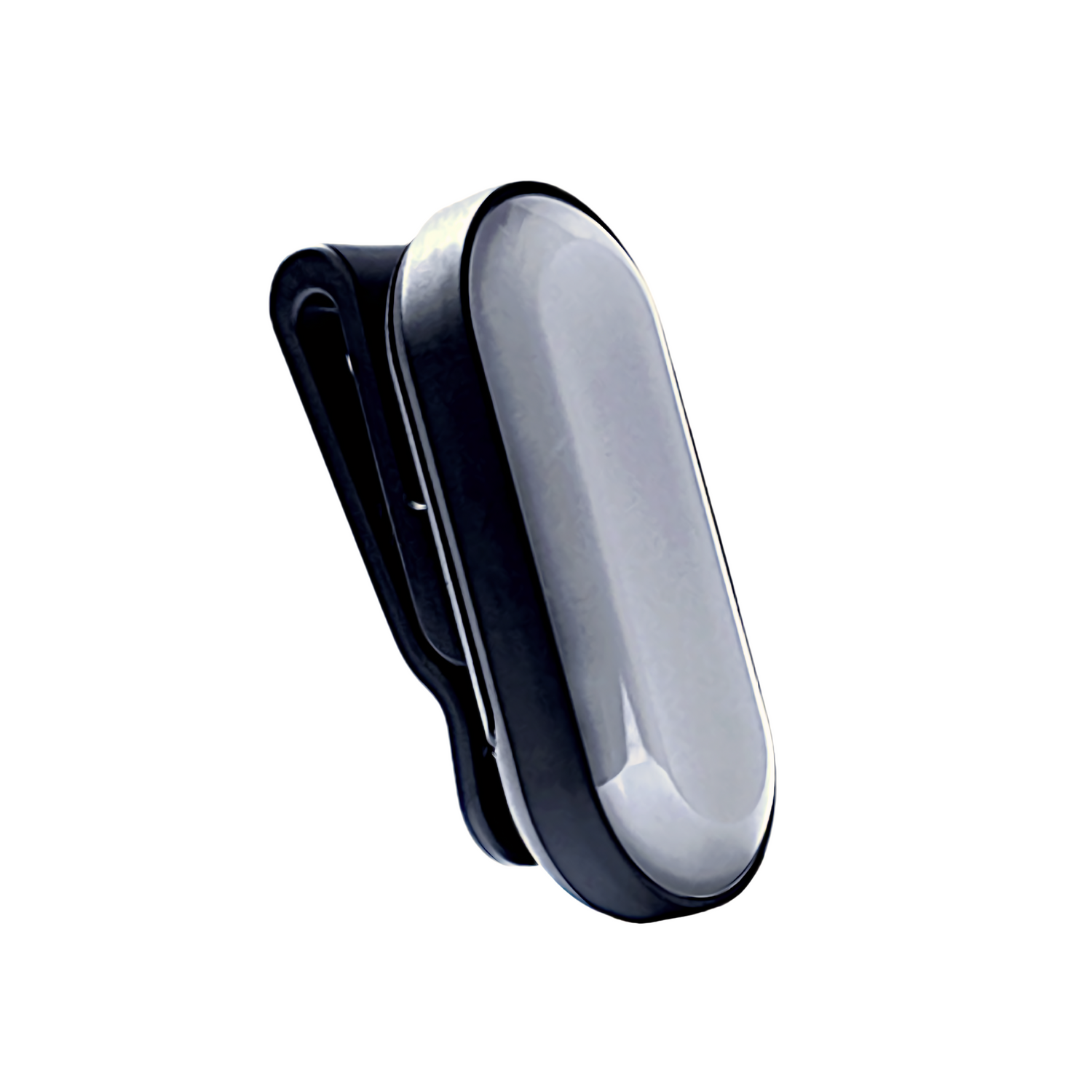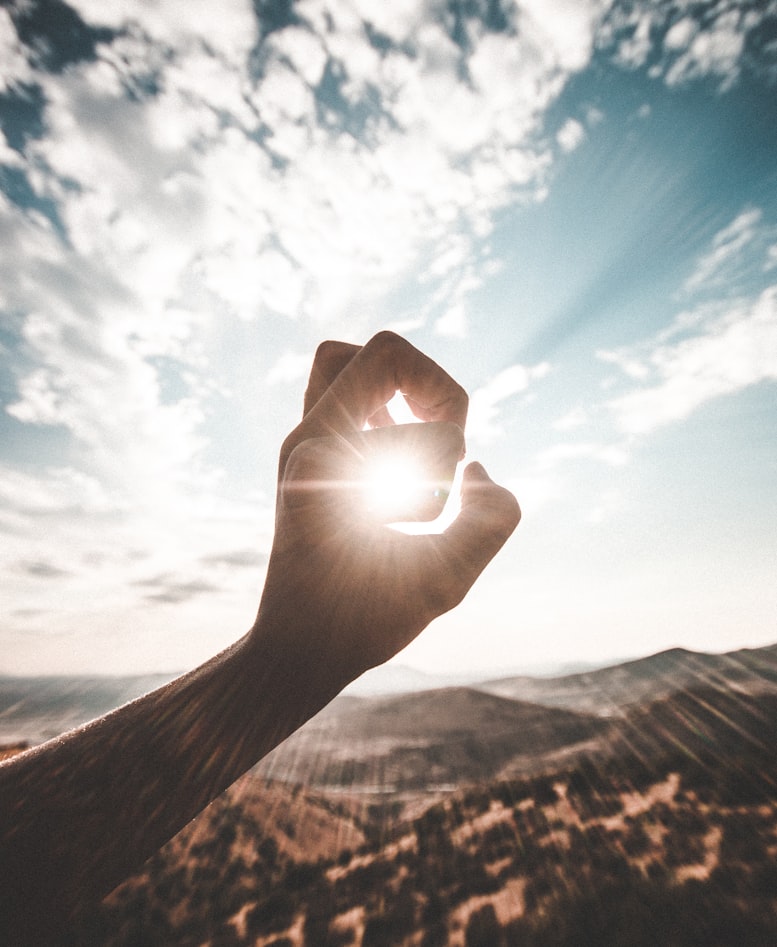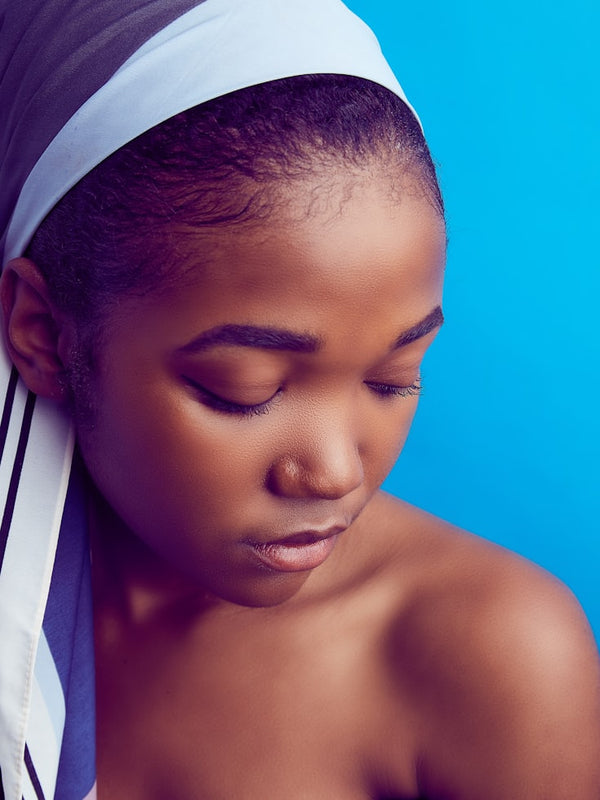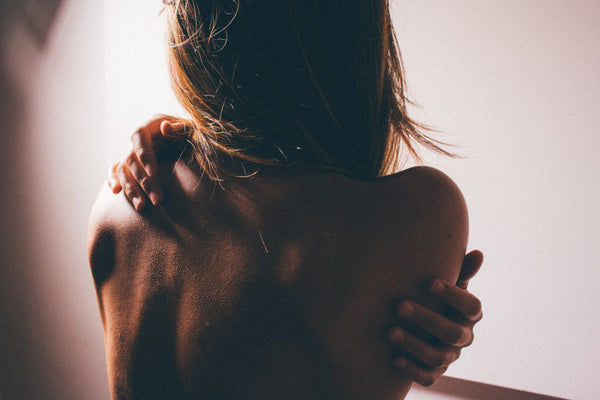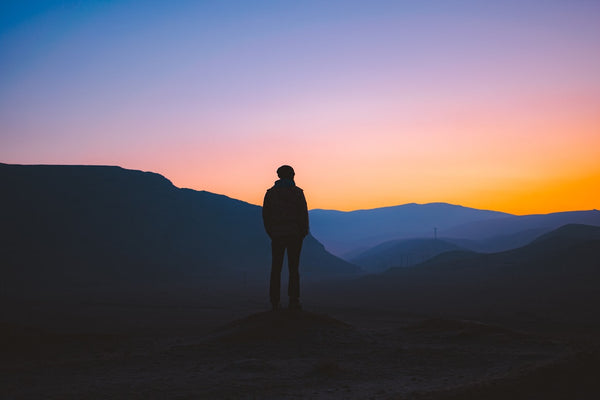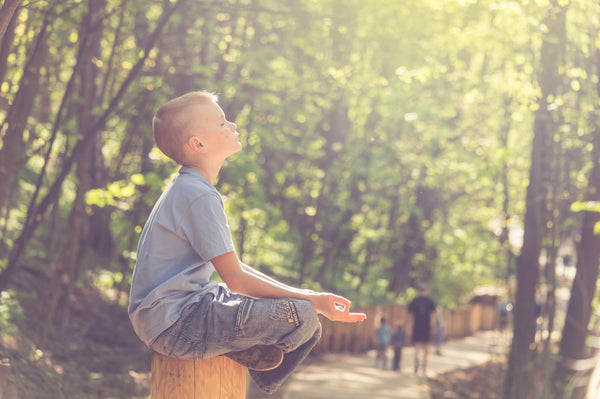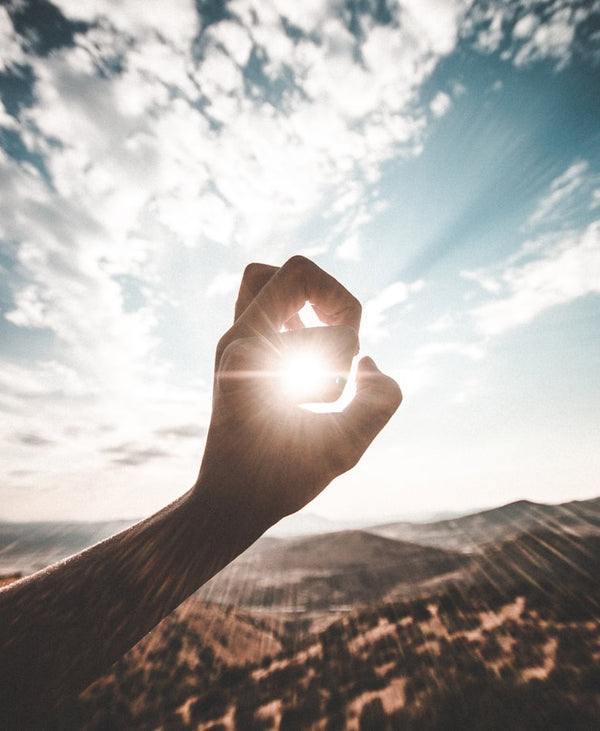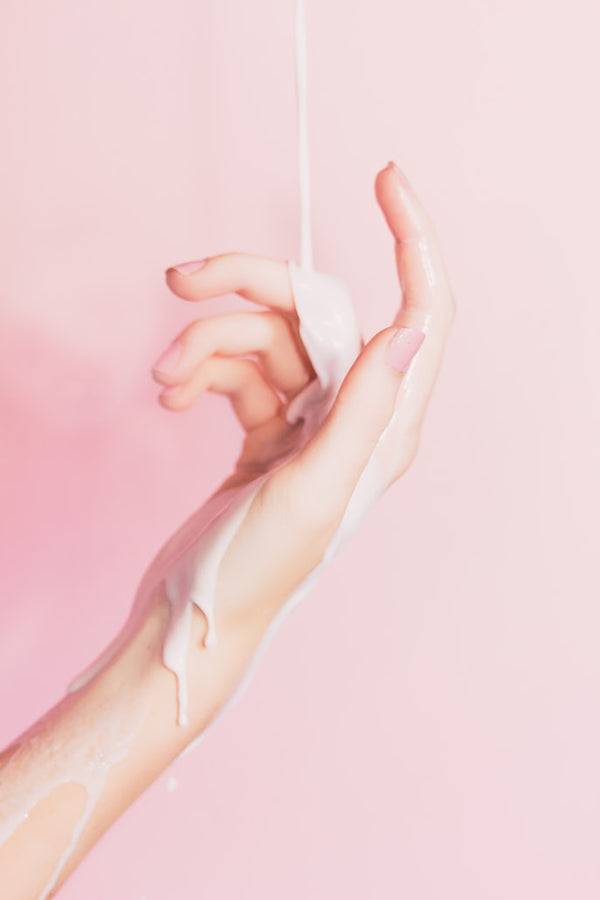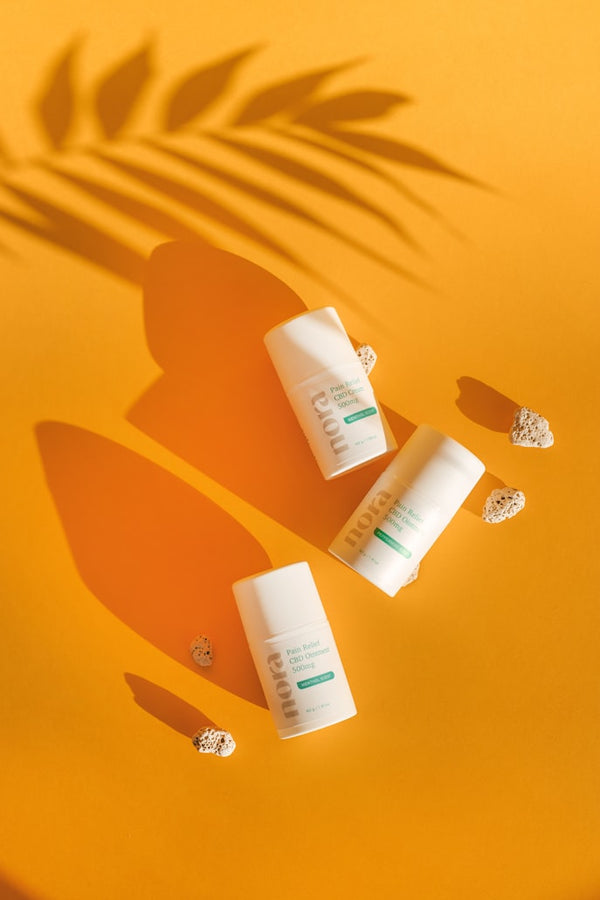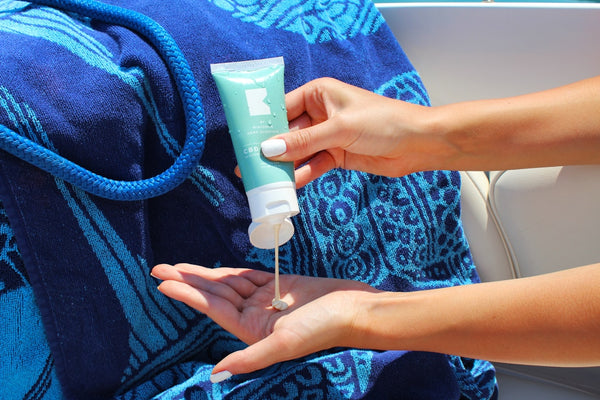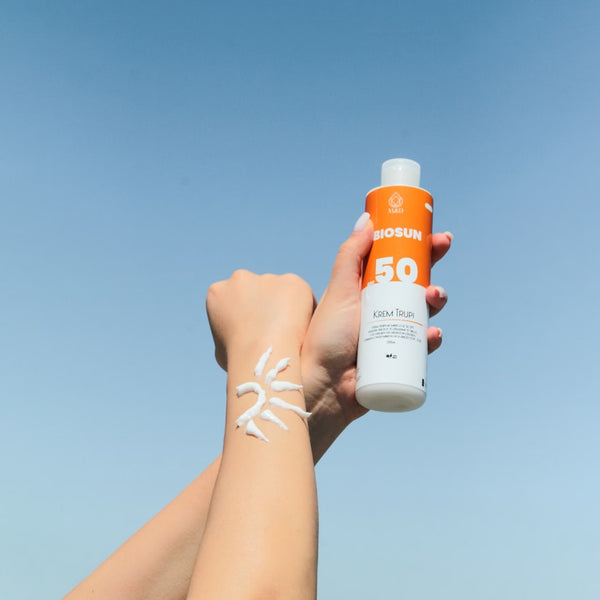Proper sun protection is the healthy middle ground between too much and too little exposure to the sun. Sunscreen, clothing, sunglasses, and shades can help. On this page you will find an overview of how you can consciously deal with the sun and enjoy it.
Suncream
A lot helps a lot is not always the best advice. When it comes to sun protection, however, most people actually use too little. Sunscreen product manufacturers, for example, assume that you apply two milligrams of cream per centimeter of skin. Nobody does that. So LSV 50 quickly becomes 30. What's more: while we apply sunscreen extensively on vacation on the beach, at the lake or in the swimming pool, we often do without sun protection products in everyday life. The UV rays are not suddenly gone just because we are no longer lounging in the sun.
The longer we stay in the sun, the more its rays affect our skin. Our body can deal with some of the UV rays on its own. We see it when our skin tans. But that doesn't last very long. If we exceed the threshold of self-protection, our skin burns. And it doesn't matter whether we are outside for five hours with a low UV index or half an hour with a very high UVI.
With a view to the sun protection factor of the sun protection product, we have to reapply cream regularly and plan times when we give our skin a break in the shade or with appropriate clothing. It is also important to ensure that the sunscreen we choose covers both UVA and UVB rays.
Caution: the sun's rays are more intense when we are near water, sand or snow. Salt and water, not just sea water but also sweat, weaken the effectiveness of sun protection products. Athletes should therefore be particularly careful.
The shade
When during the day am I exposed to which type of sun? The experts give roughly the midday and early afternoon times. Here the sun shines the strongest. There is a rule of thumb that works when accurate information is not available:
If the shadow you cast is larger than yourself, the sun exposure is rather low. This is the case in the early morning and late afternoon.
If the shadow you cast is smaller, the sun is impacting you at its maximum daily intensity.
Clothing
Clothing that is adapted to the situation is an important part of good sun protection. For example, when exposed to strong UV radiation, make sure to cover at least your shoulders and head. The thicker the fabric, the higher the sun protection factor of the clothing.
Sunglasses or sun hat?
What about sun protection for the eyes? Dark glasses with a sun protection factor are our must-haves in summer. But ophthalmologists advise caution. The glasses help us to see better in bright light, but they also ensure that our eyes think it's not bright at all. The natural reaction: the pupils dilate and let in more light and thus more UV radiation the eyes.
If we take off our glasses, we allow our eyes a full load of radiation and thus endanger our eyesight. It is better to wear wide-brimmed hats that keep the eyes and facial areas in shadow. Or to combine both.
Further reading:
Sources:
- World Health Organization (Frequently Asked Questions): https://www.who.int/news-room/questions-and-answers/item/radiation-protecting-against-skin-cancer
